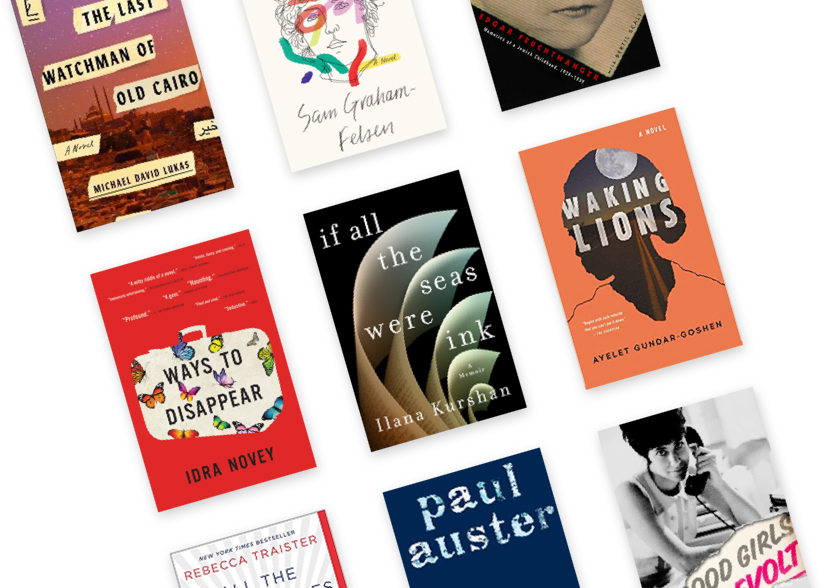Suzanne Loebl grew up in Nazi Germany in a Jewish art-collecting family. Now, decades later, she has written with tender memories about the works of art that were looted. As a Holocaust survivor, Loebl’s writing displays a deep degree of sensitivity and level of poignancy. Readers are swept along as the author shares what happened, painting by painting, starting with the theft and then looking at a great many of the pieces that were recovered and restored to their rightful owners.
Throughout, Loebl describes the Nazi attack on modern art as a veritable crusade against the so-called degeneracy of both the works themselves and the artists who produced them. Loebl is diligent in describing the stolen pieces, listing in an appendix exactly where they are currently on display in US museums. This welcome addition not only enables us to easily view these pieces in person, if we are so inclined, but also to gain an overall sense of the achievement that having saved them represents.
Interwoven within the stories of the artworks’ fates are colorful pictures of Loebl’s wartime experiences in Germany and her family’s timely escape to Nazi-occupied Belgium; here, they were safely hidden during the Holocaust. Personal anecdotes illuminate what life was like for the teenaged Suzanne there, and how her family finally made it to the safety of America.
Suzanne Loebl’s family had lived in Germany for hundreds of years, subject to familiar cycles of acceptance and persecution, and finally becoming part of society and feeling at home. But all the wealth they had accumulated and all the relationships her family had forged came to a crashing end with the rise of Hitler.
Loebl illustrates the desire of the Nazis to gather up as much art as they could from the people and institutions in the countries they occupied. Both the subject matter of the paintings and the nationality of the artists themselves were of interest. Hitler’s officers lusted after this art, all the while maintaining that they despised the pieces they stole.
Loebl’s family owned many historically significant prints and paintings that Hitler desired, plus a grand selection of expensive Bauhaus furniture, nearly all of which became victims of Nazi plunder. To our benefit, she takes us beyond the art and brings us deeply into the story of the dealers and collectors who were involved in the lives of the artworks.
The writing is crisp throughout, and each segment about a piece of art brings us deftly into the next one. We delve into the works one at a time, and then suddenly we are able to see them all together, and in that moment we grasp the immensity of the artistic loss brought about by the ruthless Nazi plunder. Many of the artists were murdered in the concentration camps at the same time that their creations graced the galleries of the high-level Germans who stole them.
The parts of the book that focus on the restitution of the artworks are particularly gratifying, and they are greatly enhanced by the inclusion in the book of capsule biographies of the people who made it happen, many of whom were Jewish. These bios are offered in one of the two appendices following the main text. We get to know on a personal level the full range of both the collectors who owned the art and those who decided their fate.
Loebl wrote the book together with Abigail Wilentz, who, as an expert in art, design, and photography, added an extra dimension to these chapters. Gorgeous color prints of some of the most famous looted paintings grace Plunder and Survival’s pages, making a visceral visual statement about the cultural value of the works of art. Paintings by Egon Schiele, Gustav Klimt, Oskar Kokoschka, and the like make this book not only an intellectual achievement but a beautiful statement in its own right.
Linda F. Burghardt is a New York-based journalist and author who has contributed commentary, breaking news, and features to major newspapers across the U.S., in addition to having three non-fiction books published. She writes frequently on Jewish topics and is now serving as Scholar-in-Residence at the Holocaust Memorial & Tolerance Center of Nassau County.

